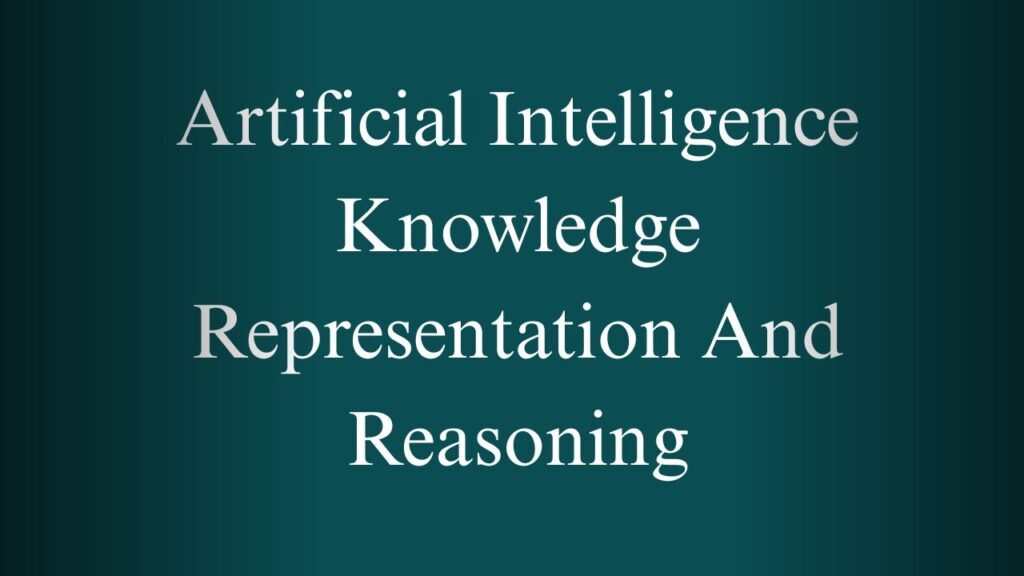NPTEL Compiler Design Week 1 And 2 Assignment Answers 2025
1. Which phase of compiler does NOT use symbol table?
- a) Code generation
- b) Syntax Analysis
- c) Lexical Analysis
- d) None of the other options ✅
✅ Answer: d
Explanation: All phases of the compiler do use the symbol table in some way — from token storage in lexical analysis to variable/type usage in code generation.
2. Which phase of compiler is Syntax Analysis?
- a) First
- b) Second ✅
- c) Third
- d) None of the mentioned
✅ Answer: b
Explanation: The second phase after Lexical Analysis is Syntax Analysis, also known as parsing.
3. Output of the syntax analysis is called
- a) Parse tree ✅
- b) Keyword tree
- c) Binary tree
- d) All of the other options
✅ Answer: a
Explanation: Syntax analysis generates a parse tree, representing grammatical structure.
4. Language doesn’t allow integer division. Detected in which phase?
- a) Lexical Analysis
- b) Syntax Analysis
- c) Semantic Analysis ✅
- d) None of the other options
✅ Answer: c
Explanation: Semantic Analysis checks meaning and legality, including invalid operations.
5. Which is not true about Symbol Table?
- a) All labels are symbols
- b) Table includes name, address, value
- c) Performs processing of assembler directives ✅
- d) Created during pass 1
✅ Answer: c
Explanation: Symbol table does not process assembler directives; that’s done by assembler phases.
6. A compiler can check
- a) Logical error
- b) Syntax error ✅
- c) Both
- d) Neither
✅ Answer: b
Explanation: Logical errors are not detectable by compiler; only syntax/semantic errors can be.
7. Error recovery helps to
- a) Report multiple errors ✅
- b) Rectify multiple errors
- c) Both
- d) None
✅ Answer: a
Explanation: Error recovery tries to report as many errors as possible, not fix them.
8. Converting hardware description into actual circuitry is
- a) Silicon Compilation ✅
- b) HDL Compilation
- c) Circuit Compilation
- d) None
✅ Answer: a
Explanation: Silicon Compilation automatically converts HDL to physical chip layout.
9. Loops are major targets for optimization because
- a) Infinite execution
- b) Repeated many times ✅
- c) Condition check takes long
- d) None
✅ Answer: b
Explanation: Loop optimization yields maximum performance gain due to repetition.
10. For max speed, where to store temporary variables?
- a) Swap space
- b) Main memory
- c) CPU registers ✅
- d) None
✅ Answer: c
Explanation: CPU registers are fastest storage for temporaries.
11. Intermediate code helps in
- a) Program Analysis
- b) Code optimization
- c) Retargeting code ✅
- d) Code check
✅ Answer: c
Explanation: Intermediate code allows easier porting to different architectures.
12. Output file of Lex if input is Myfile
- a) Myfile.e
- b) Myfile.yy.c ✅
- c) Myfile.lex
- d) Myfile.obj
✅ Answer: b
Explanation: Lex generates Myfile.yy.c by default, containing the C source code.
NPTEL Compiler Design Week 2 Assignment Answers
1. A regular expression represents
- a) Part of a language
- b) Cannot represent any language
- c) Constituent strings of a language ✅
- d) None of the other options
✅ Answer: c
Explanation: Regular expressions describe all valid strings (constituents) of a regular language.
2. Token category of 3 in sum = 3 + 2
- a) Identifier
- b) Assignment operator
- c) Integer literal ✅
- d) Addition operator
✅ Answer: c
Explanation:3is an integer literal, a constant numerical value in tokenization.
3. In Fortran statement DO 5 I = 1.25, when is DO 5 I interpreted as identifier?
- a) 1
- b) =
- c) . (dot) ✅
- d) 5
✅ Answer: c
Explanation: In Fortran, if the parser sees1.25, the presence of the dot (.) distinguishes it as a floating-point number, not a DO loop.
4. Which of the following are Lexemes?
- a) Identifiers
- b) Constants
- c) Keywords
- d) All of the mentioned ✅
✅ Answer: d
Explanation: Lexemes are actual character sequences that form tokens like keywords, identifiers, constants, etc.
5. Regular expression for strings with one more 1 than 0’s
- a) 01
- b) (0|1)1(0|1)
- c) (0|1)1(0|1)|1(0|1)*
- d) Not Possible ✅
✅ Answer: d
Explanation: Regular expressions cannot count or enforce numerical relationships like “exactly one more 1 than 0s”.
6. Language described by (0+1)0(0+1)0(0+1)
- a) Strings with substring
00 - b) At most two 0’s
- c) At least two 0’s ✅
- d) Strings beginning and ending with 0 or 1
✅ Answer: c
Explanation: The expression ensures at least two 0’s anywhere in the string.
7. Finite automata is an implementation of
- a) Regular expression ✅
- b) Any grammar
- c) Part of the regular expression
- d) None
✅ Answer: a
Explanation: Finite automata and regular expressions are equivalent in expressive power.
8. Automaton that allows state transition without input consumption
- a) NFA ✅
- b) DFA
- c) PDA
- d) All of the mentioned
✅ Answer: a
Explanation: NFAs allow ε (epsilon or null) transitions without reading input.
9. Set of states reachable from P via ε-transitions
- a) ε-closure ✅
- b) ε-spark
- c) Q in the tuple
- d) None
✅ Answer: a
Explanation: ε-closure includes all states reachable via epsilon transitions from a given set.
10. Power comparison between NFA and DFA
- a) NFA
- b) DFA
- c) Equally powerful ✅
- d) Cannot say
✅ Answer: c
Explanation: Both DFA and NFA recognize the same set of regular languages.
11. Subset Construction Method refers to
- a) Conversion of NFA to DFA ✅
- b) DFA minimization
- c) Null removal
- d) ε-NFA to NFA
✅ Answer: a
Explanation: Subset construction method is used for converting NFA to equivalent DFA.
12. Construction method for NFA from regular expression
- a) Subset construction
- b) Powerful set construction
- c) Thompson construction ✅
- d) Scott construction
✅ Answer: c
Explanation: Thompson’s Construction builds NFA from a regular expression.
13. Compiler correcting “fi” to “if” is recovery by
- a) Panic mode
- b) Delete character
- c) Replace character
- d) Transpose character ✅
✅ Answer: d
Explanation: Changingfitoifinvolves transposing characters, a common error recovery technique.



